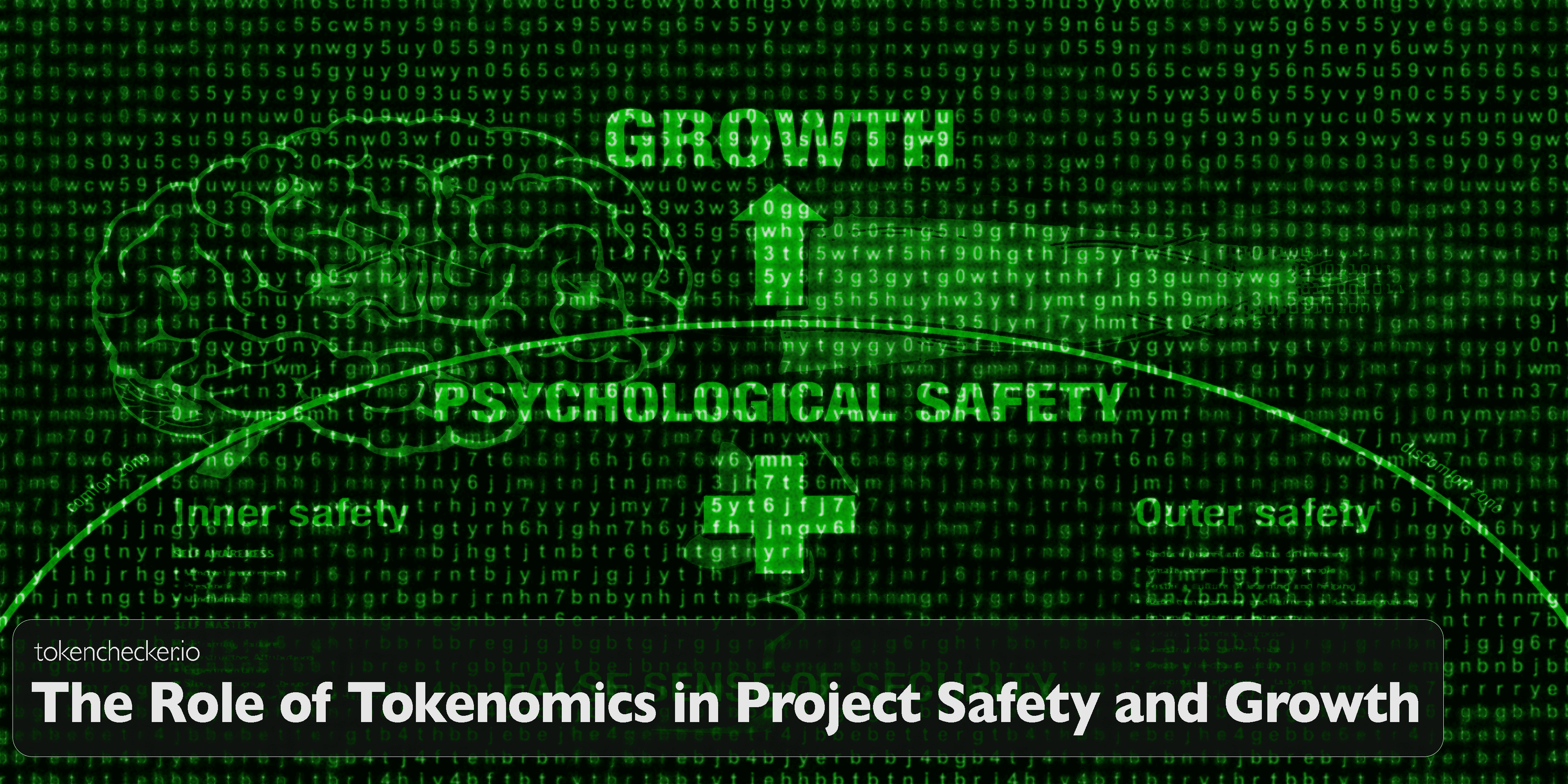
The Role of Tokenomics in Project Safety and Growth
Introduction
Tokenomics isn’t just a buzzword it’s the foundation beneath every serious crypto project. Short for “token economics,” it defines how a token works, how it’s distributed, how it gains value, and how it aligns incentives between users, developers, and investors. Get it right, and you build something sustainable. Get it wrong, and your project can implode overnight.
This glossary entry breaks down why tokenomics matters so much not just for hype or marketing, but for actual security, longevity, and user trust.
Why Tokenomics Is a Project's Blueprint
Every token carries a financial DNA. That includes:
- How many tokens exist (supply),
- Who gets them and when (distribution and vesting),
- What the tokens actually do (utility),
- How people are rewarded for participating (incentives),
- And who decides future changes (governance).
Together, these five elements form the structure that can either attract serious long-term users or repel them in favor of quick-profit speculators. Bad tokenomics invites manipulation. Good tokenomics invites confidence.
Tokenomics and Safety: How It Protects Projects
A well-crafted tokenomic design is like a defensive wall it prevents many of the common traps that doom crypto projects.
1. Supply Discipline Prevents Dilution
Capped or deflationary supply models prevent over-minting. This reduces inflation and protects the value of each token. Bitcoin, BNB, and AVAX use this to their advantage.
2. Fair Distribution Blocks Manipulators
If a few wallets hold most of the supply, they can crash the price anytime. Tokenomics should avoid that by spreading allocations and using vesting schedules. This is why FDV vs. Market Cap matters.
3. Incentives Drive Honest Participation
Projects reward stakers, liquidity providers, and community members with tokens. This keeps the ecosystem alive but it has to be sustainable. Unsustainable rewards killed Iron Finance and Terra.
4. Governance Keeps It Decentralized
Allowing token holders to vote on decisions can reduce risk of centralized takeovers. Good projects use this to build long-term trust. Bad ones hoard power behind the scenes.
5. Transparency Builds Trust
A clear tokenomics page in the whitepaper, visible vesting timelines, and regular updates go a long way in convincing users this isn’t just another cash grab.
Tokenomics and Growth: Building Demand That Lasts
1. Utility Drives Demand
Tokens that do something valuable like pay for fees, unlock features, or provide voting rights are more likely to be held long-term.
2. Scarcity Builds Price Strength
Mechanisms like token burns, buybacks, or capped supplies encourage upward price pressure when demand rises. Think of ETH after EIP-1559.
3. Network Effects Build Loyalty
When people stake, vote, and earn together, they form a community. That community sticks around. And more users attract even more users.
4. Healthy Emissions Keep Things Moving
Tokens can still have inflation if it’s done right. If new tokens are tied to usage or value creation, growth is sustainable. If not, you’re on a treadmill to zero.
Case Study Contrast: ETH vs Terra
Ethereum’s shift to Proof-of-Stake and its burn mechanism gave it real economic value. Demand increases? Supply burns. That’s a strong loop.
Terra, on the other hand, had an unstable algorithmic model. When things went sideways, it started printing LUNA tokens endlessly, wiping out over $60 billion in value. Tokenomics wasn’t just a detail it was the cause of the collapse.
How tokenchecker.io Helps You Evaluate Tokenomics
You don’t need to read a whitepaper word for word. tokenchecker.io flags the most important parts of tokenomics for you:
- Total Supply, Market Cap, and FDV are shown clearly
- Distribution & Holder Breakdown reveal if the project is centralized
- Contract Analysis uncovers minting, tax, and lock functions
- Vesting or Lockup Warnings appear if tokens can be dumped soon
- Utility and Governance Indicators help identify use cases and power dynamics
If a project’s tokenomics look like copy-paste or hide too much info, that’s your cue to walk away.
Final Thoughts
Tokenomics is the skeleton of every crypto project. It holds up everything else utility, security, growth, and trust. It’s not about buzzwords or cool charts. It’s about rules that everyone plays by.
If you're serious about spotting good projects early and avoiding exit scams, study the tokenomics. And if you're short on time, let tokenchecker.io surface the red flags before they cost you money.